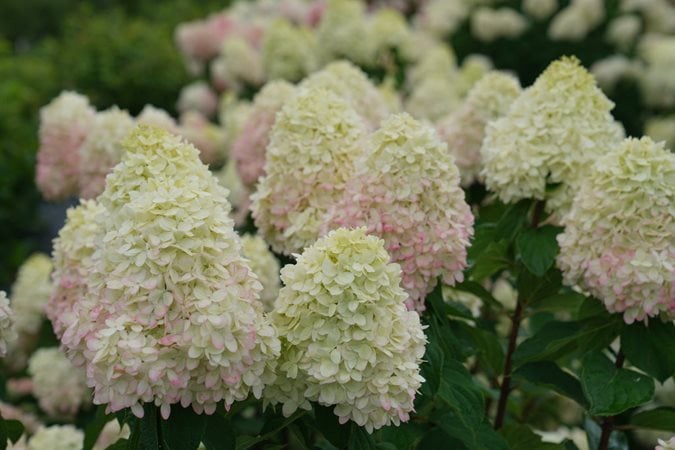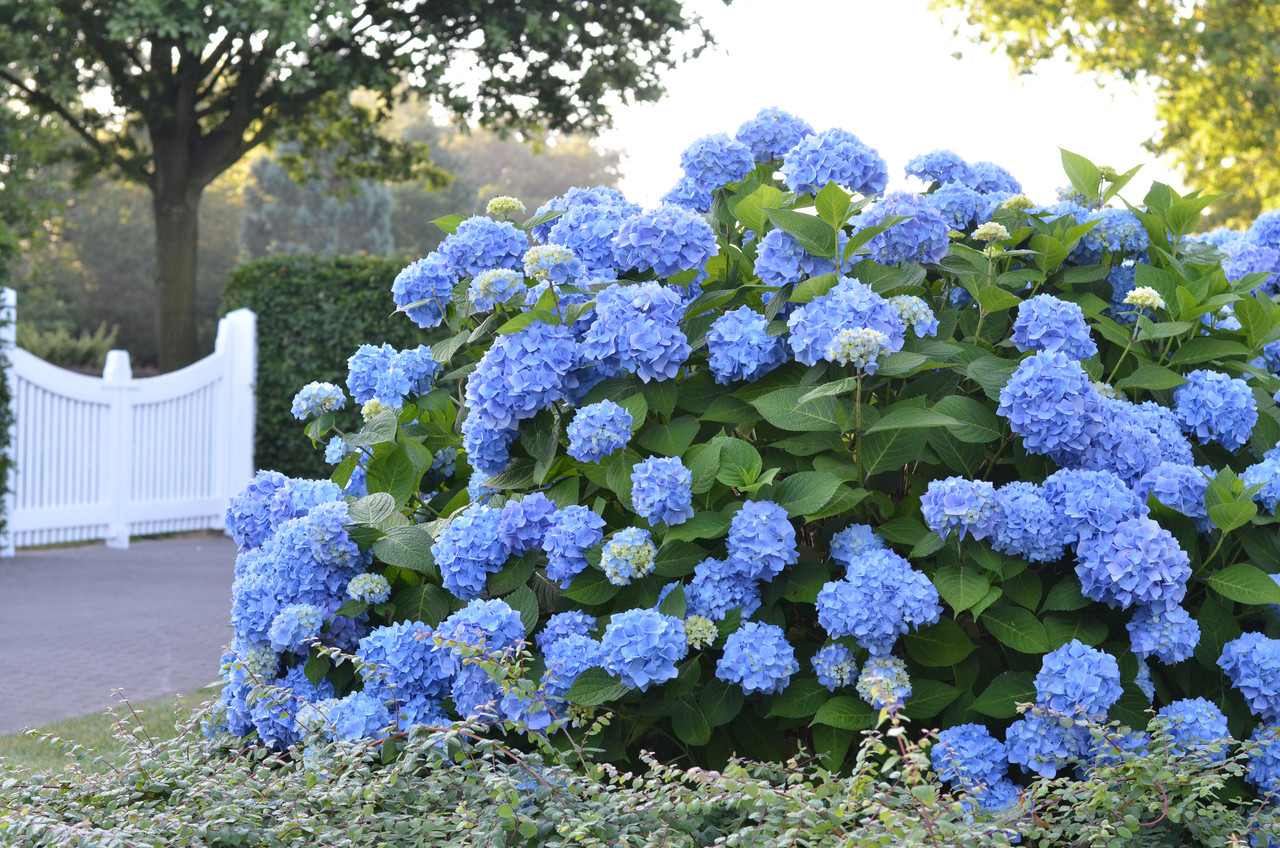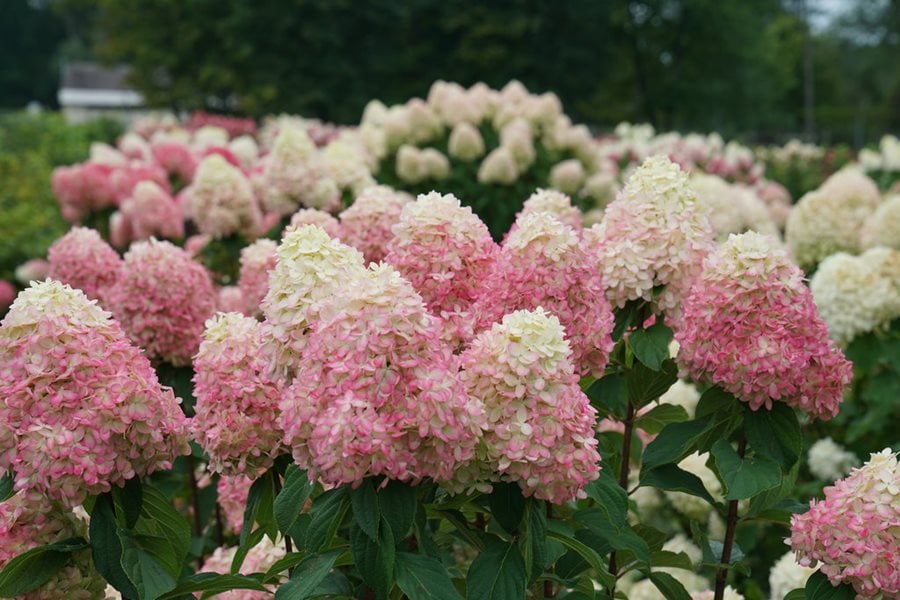Fall Hydrangeas: The Perfect Way To Add Color To Your Garden
Fall Hydrangeas: The Perfect Way to Add Color to Your Garden
As the days get shorter and the temperatures start to cool, fall is a time for hydrangeas to shine. These beautiful shrubs come in a variety of colors, including blue, pink, white, and purple. And while they're most famous for their summer blooms, fall hydrangeas can also add a pop of color to your garden.
Why Choose Fall Hydrangeas?
There are many reasons to choose fall hydrangeas for your garden. Here are a few of the benefits:
- Colorful foliage: Fall hydrangeas often develop beautiful fall foliage colors, ranging from red to orange to yellow. This can add a welcome splash of color to your garden in the fall, when many other plants are starting to fade.
- Long-lasting blooms: Fall hydrangeas can bloom for several weeks, from late summer to early fall. This means you can enjoy their beautiful flowers for a longer period of time.
- Easy care: Fall hydrangeas are relatively easy to care for. They need full sun to partial shade and well-drained soil. They are also drought-tolerant once established.
- Variety of cultivars: There are many different cultivars of fall hydrangeas available, so you can find one that's perfect for your garden. Some popular cultivars include
Endless Summer,Limelight, andLittle Lime.
How to Plant Fall Hydrangeas
Fall hydrangeas can be planted in the spring or fall. If you're planting in the spring, do so as soon as the soil is workable. If you're planting in the fall, wait until the weather has cooled down and the ground is no longer warm.
To plant a fall hydrangea, dig a hole that is twice as wide and as deep as the root ball. Add some compost or other organic matter to the bottom of the hole. Place the hydrangea in the hole and backfill with soil, tamping it down gently. Water the hydrangea well.
How to Care for Fall Hydrangeas
Fall hydrangeas are relatively easy to care for. Here are a few tips:
- Water regularly, especially during the first year after planting.
- Fertilize in the spring with a balanced fertilizer.
- Deadhead spent blooms to encourage new growth.
- Protect from harsh winter weather by covering the plant with burlap or other protective material.
Fall Hydrangeas: A Beautiful Addition to Your Garden
Fall hydrangeas are a beautiful and easy-care addition to any garden. With their colorful foliage and long-lasting blooms, they can add a pop of color to your yard in the fall. So if you're looking for a new plant to add to your garden, consider a fall hydrangea.
Fall hydrangeas are a beautiful sight to behold. Their large, colorful blooms can add a touch of autumnal elegance to any garden. If you're interested in learning more about fall hydrangeas, I recommend visiting . This website has a wealth of information on the topic, including:
- Varieties of fall hydrangeas
- Growing and caring for fall hydrangeas
- Tips for harvesting and displaying fall hydrangeas
is also a great resource for finding fall hydrangeas for sale. Whether you're looking for a potted plant or a mature shrub, you're sure to find what you're looking for at .
FAQ of fall hydrangea
Here are the 5 most frequently asked questions about fall hydrangea, along with valuable insights and solutions:
- What are fall hydrangeas?
Fall hydrangeas are a type of hydrangea that blooms in the fall. They are typically smaller than other types of hydrangeas, and their flowers can range in color from blue to pink to white. Fall hydrangeas are a popular choice for gardens because they can add a touch of color and interest in the fall, when many other plants are starting to die back.
- How do I care for fall hydrangeas?
Fall hydrangeas are relatively easy to care for. They need full sun or partial shade, and they prefer moist, well-drained soil. Fall hydrangeas should be fertilized once a month during the growing season. In the fall, you can deadhead the spent flowers to encourage new blooms the following year.
- What are some tips for growing fall hydrangeas?
Here are a few tips for growing fall hydrangeas:
- Plant them in a location that gets full sun or partial shade.
- Water them regularly, especially during the hot summer months.
- Fertilize them once a month during the growing season.
- Deadhead the spent flowers in the fall to encourage new blooms the following year.
- Protect them from frost in the winter.
- What are some common problems with fall hydrangeas?
Some common problems with fall hydrangeas include:
- Leaf spot: This is a fungal disease that can cause leaves to develop brown spots. To treat leaf spot, you can use a fungicide.
- Powdery mildew: This is another fungal disease that can cause leaves to develop a white powdery coating. To treat powdery mildew, you can use a fungicide or a homemade solution of baking soda and water.
- Aphids: These small insects can suck the sap out of leaves, causing them to wilt and turn yellow. To control aphids, you can use insecticidal soap or neem oil.
- How long do fall hydrangeas last?
Fall hydrangeas typically bloom for about 2-3 months, from late summer to early fall. The exact bloom time will vary depending on the variety of hydrangea and the climate.
Image of fall hydrangea
- A white hydrangea bush with large, fluffy blooms that have turned a deep pink in the fall.

- A cluster of pink hydrangea flowers with a few green leaves still attached.

- A close-up of a single pink hydrangea flower with its petals starting to curl and fade.

- A hydrangea bush with blue flowers that have turned a paler shade of blue in the fall.

- A hydrangea bush with a mix of pink, blue, and white flowers that are all starting to turn fall colors.

Post a Comment for "Fall Hydrangeas: The Perfect Way To Add Color To Your Garden"